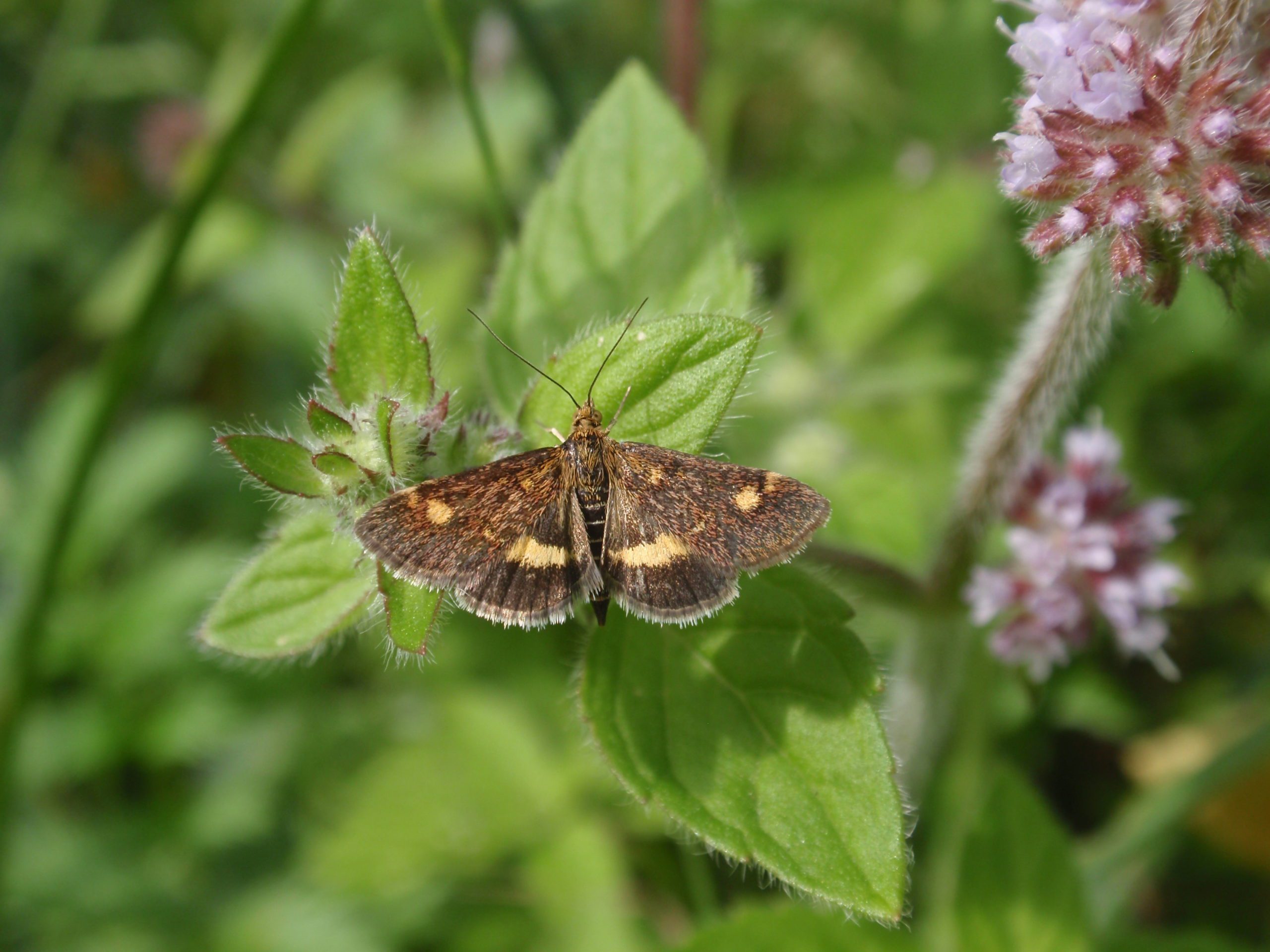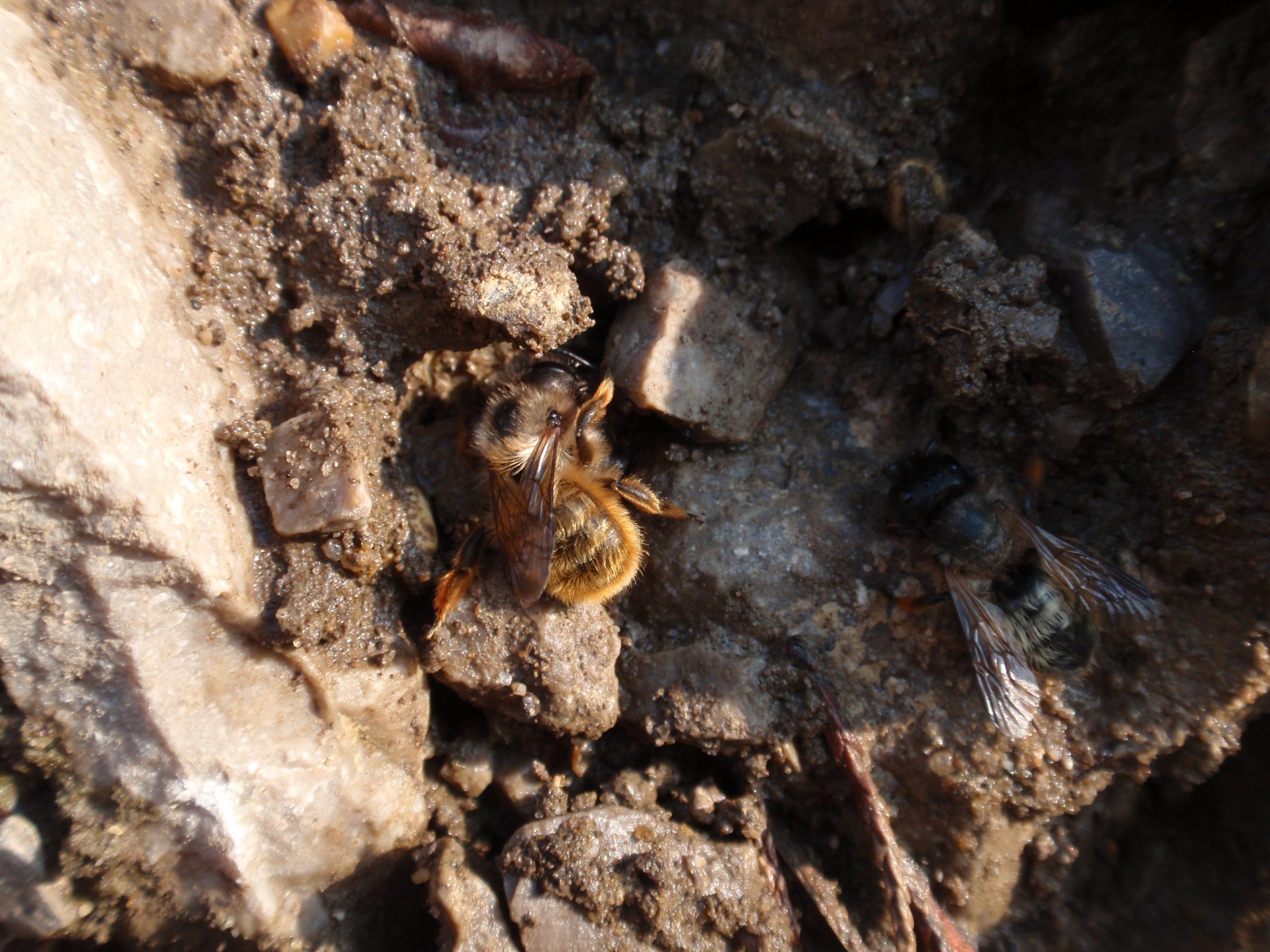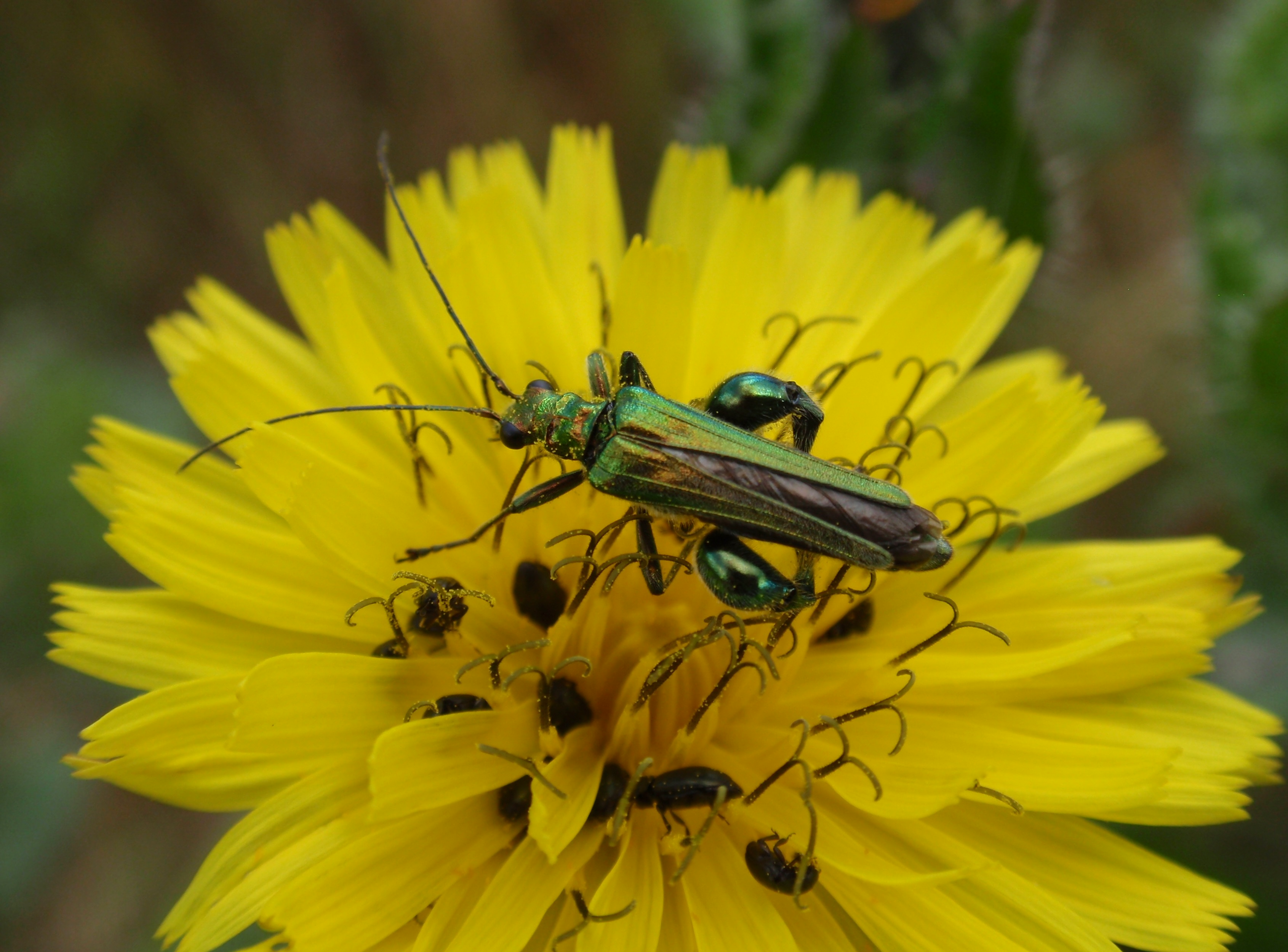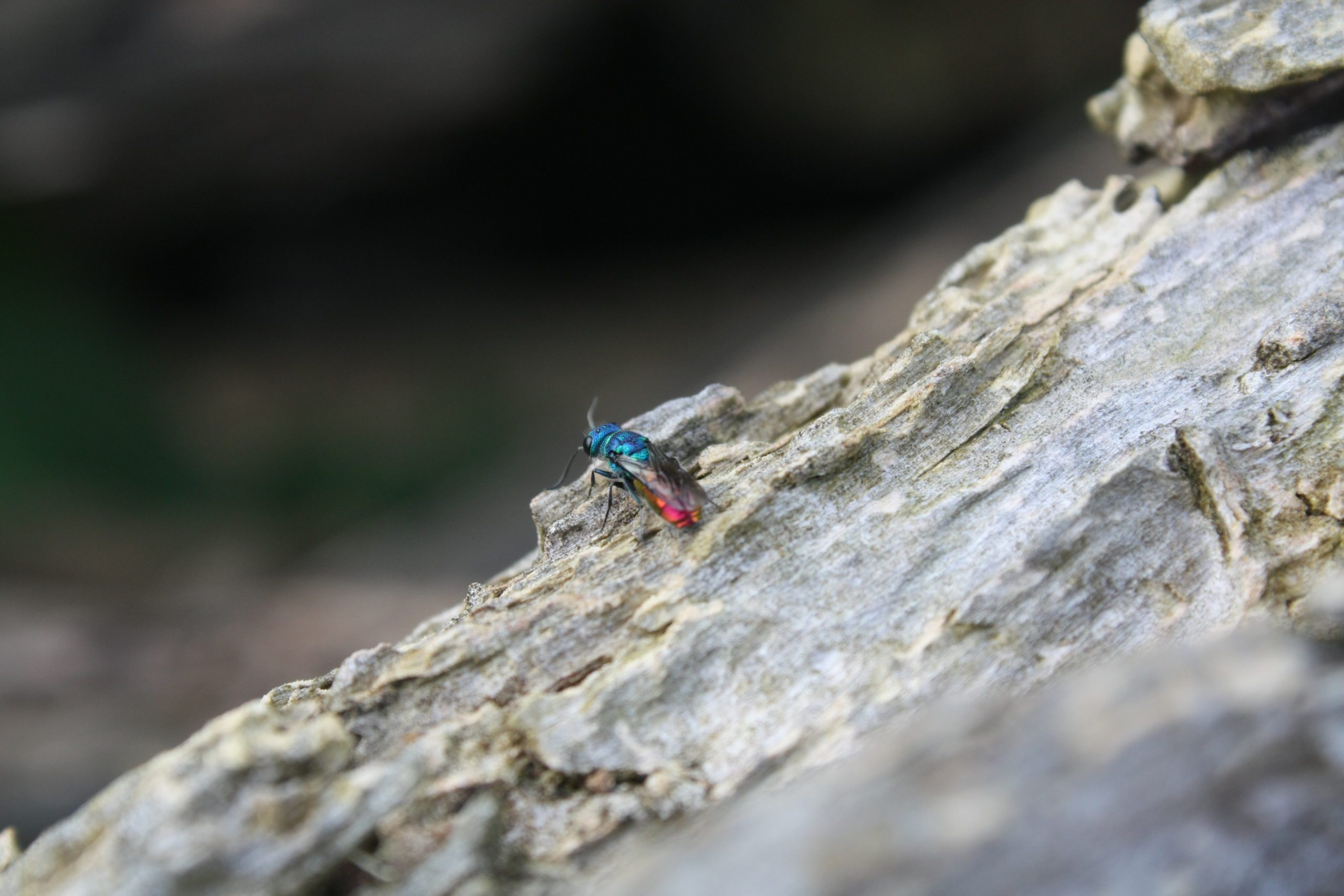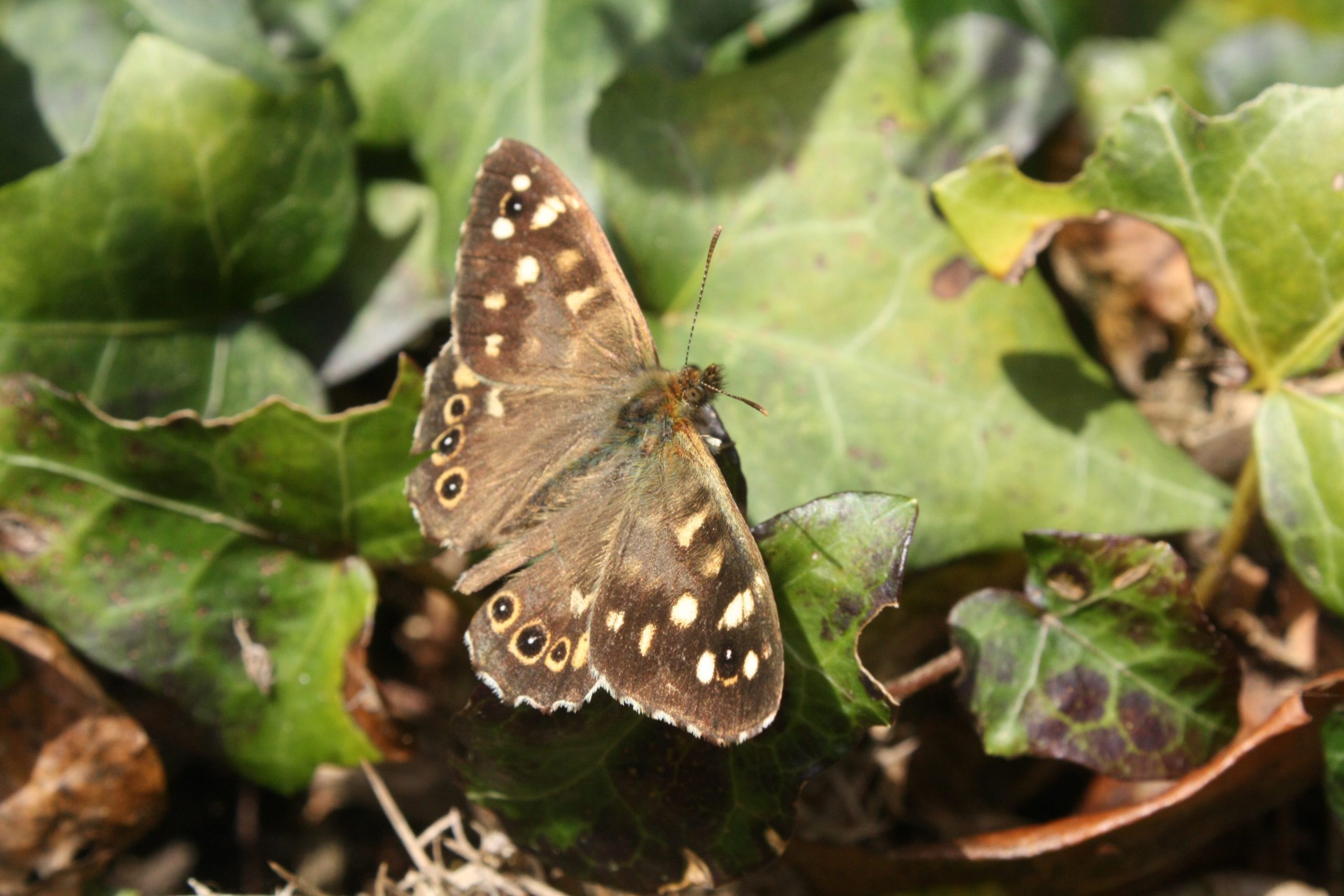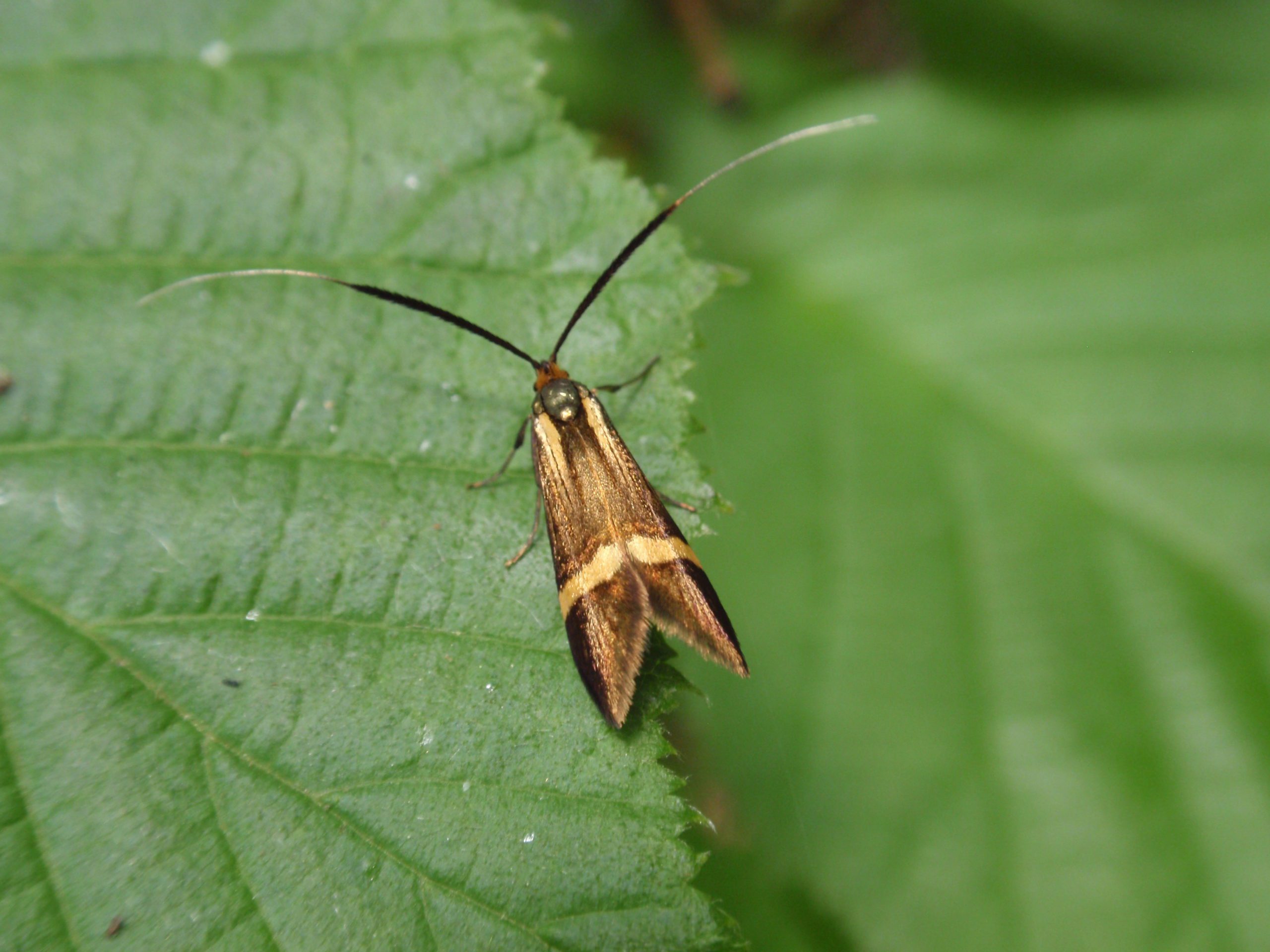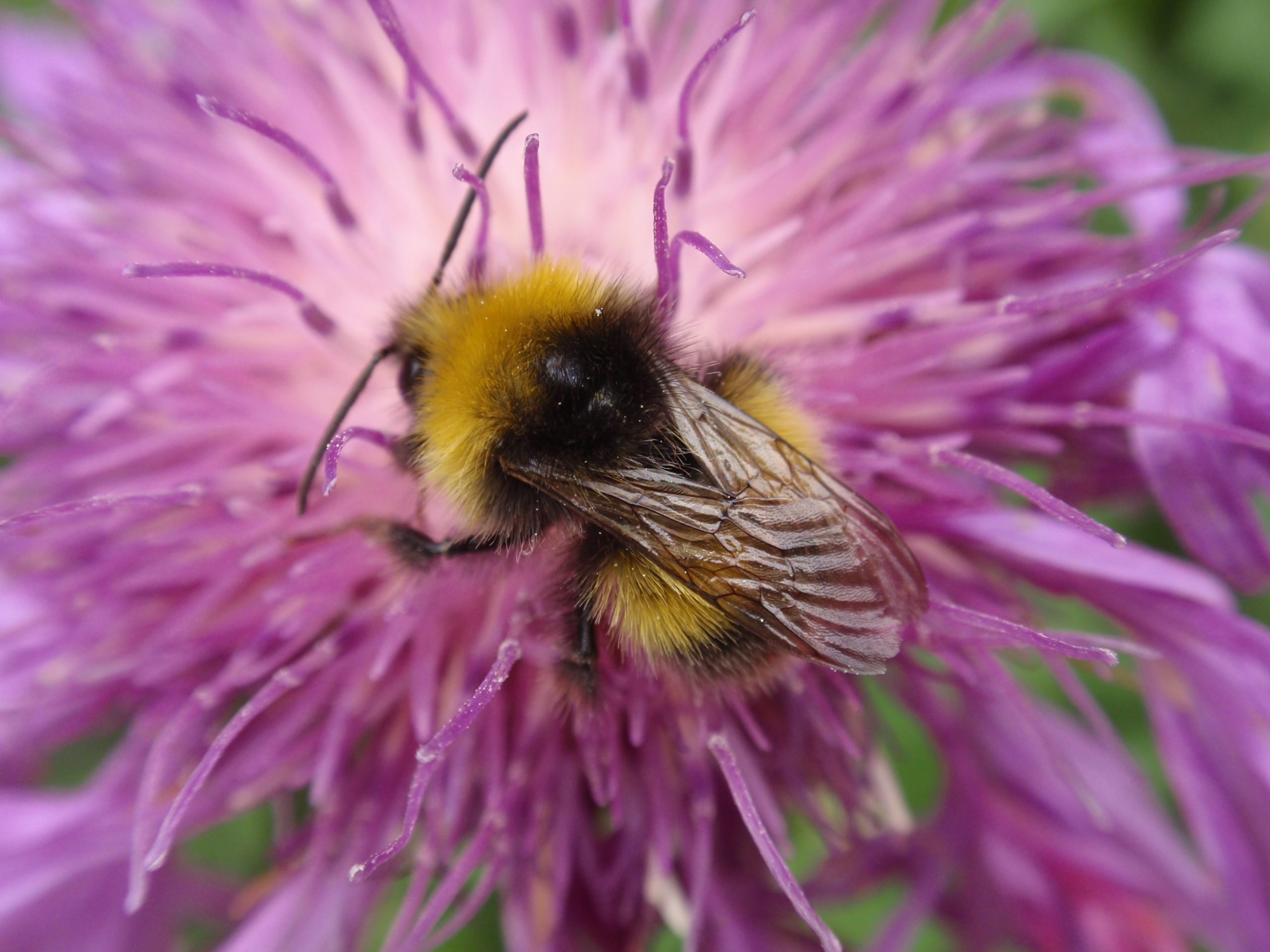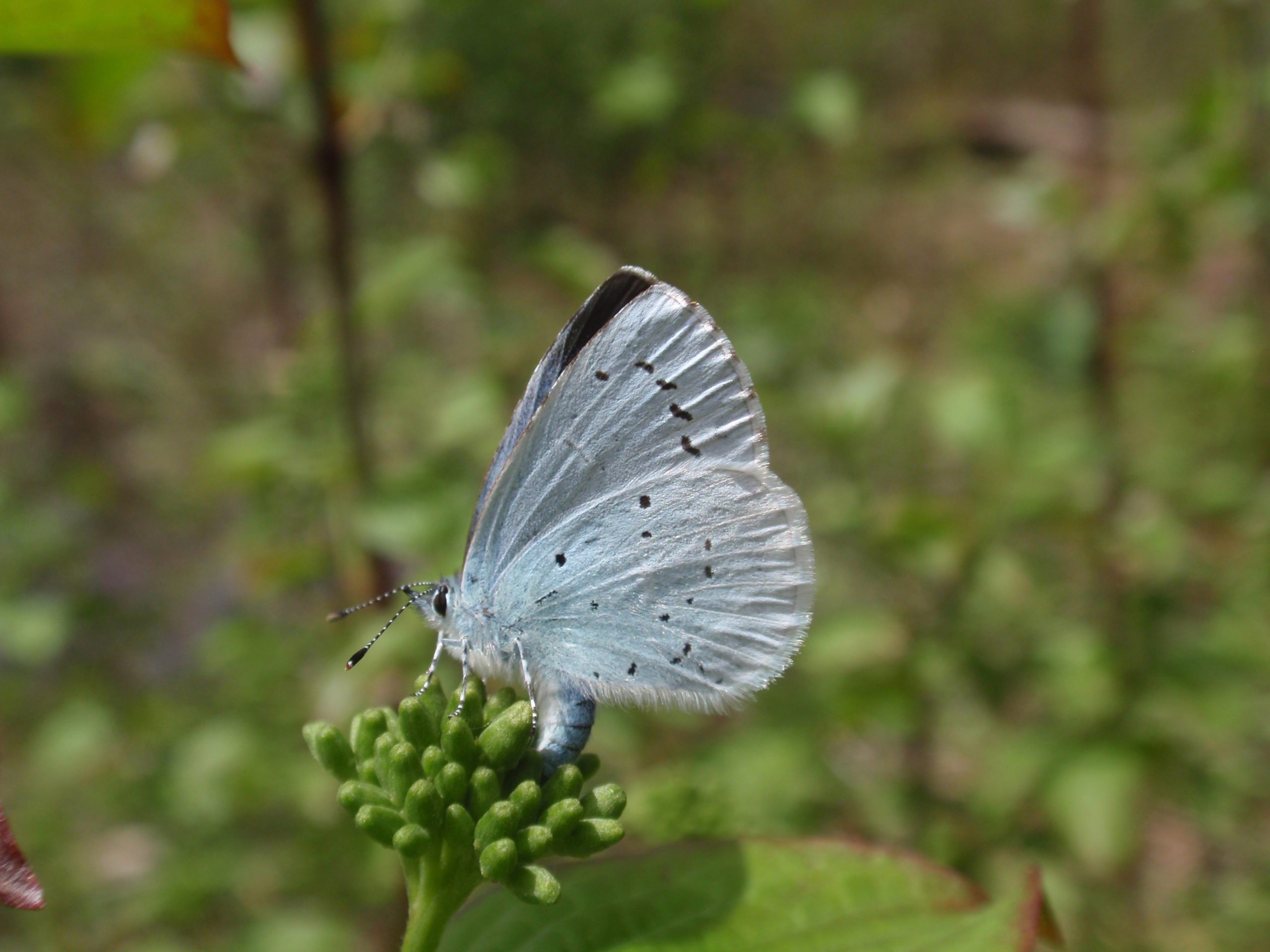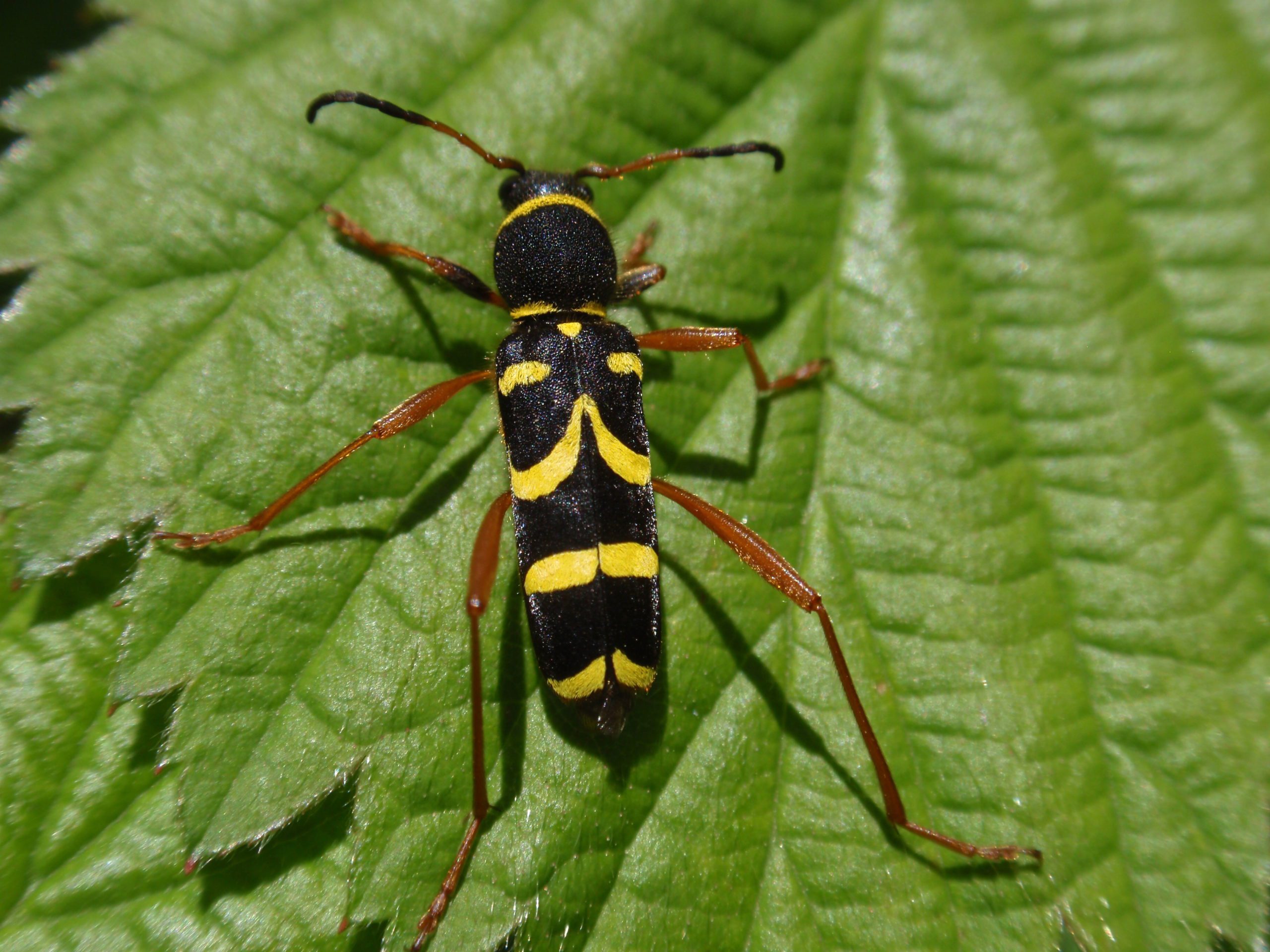Top Pollinators To Spot
17th May 2021
As we move into the warmer months, the number of insects around increases. There is also a growing variety of insect life around. So what kind of creatures can you expect to see this month, and can you find them in your local area? How can you help them thrive?
10 pollinators to spot
- Holly Blue – this small, blue butterfly is the most likely of the “blues” to be found in gardens and urban areas. The spring generation relies largely on Holly as its caterpillar foodplant, with the summer generation favouring Ivy.
- Wasp Beetle – appearing in May, this striking yellow and black patterned beetle is often seen on sunlit leaves or feeding on pollen on flowers. It is perfectly harmless, despite its wasp-like colouration.
- Early Bumblebee – as the name suggests, this is one of the earlier bumblebee species out and about each year. The males can be spotted this month with their fluffy appearance and an abundance of lemon yellow coloured hair.
- Dark-edged Bee-fly – this fly looks a bit bee-like with its round, fuzzy body, but is in fact a nest parasite of solitary bees. The long proboscis allows it to probe deep into flowers to access the sweet nectar.
- Yellow-barred Long-horn – one of the longhorn moths, this species has a metallic sheen and a distinctive yellow band across the wings. Males with amazingly long antennae can often be seen ‘dancing’ in sunny areas.
- Jewel wasps – this group of wasps are also known as ruby-tailed wasps and glitter in the light. Look out for them on sunlit fences and lurking around your bee hotels where they are nest parasites of other solitary wasps.
- Speckled Wood – this woodland butterfly also commonly occurs in gardens and can be found in dappled sunlight. The caterpillars feed on a number of different grasses, while the adults feed on honeydew secreted by aphids.
- Swollen-thighed Beetle – metallic green and commonly found on flowers, the adults of this beetle feed on pollen. The males give this species its common name with their distinctive chunky thighs.
- Red Mason Bee – these solitary bees are very active at the moment. With males patrolling patches of flowers waiting to pounce on females and mate. Meanwhile, the females are busily collecting mud to make their nest cells and visiting flowers to provision these nest cells with nectar and pollen for their young.
- Mint Moth – one of the many “micro moths”, this common species occurs in two generations during the year. The caterpillars feed on a number of different herbs such as mint, marjoram and thyme, with the adults often seen visiting the flowers of these plants.
Let it grow
This month it’s time to put the lawnmower to one side and let your lawn grow a little bit wild. Plantlife’s ‘No Mow May’ campaign encourages us to see what different flowers and pollinators we can spot by simply letting nature do its thing.
Few flowers can flourish on regularly cut lawns. Many of our pollinators such as butterflies and moths rely on grasses and other plants to complete their life cycles. Why not retire the mower beyond May as well and see how many different pollinators you can spot over the coming months. You could always try it out on a small patch of lawn, or mow a pathway through the meadow so it looks deliberate.
Find out more about how you can help pollinators here: https://www.kent.gov.uk/environment-waste-and-planning/nature-and-biodiversity/pollinators/how-you-can-help-pollinators
Have your say!
We’ve recently launched a public perception survey to help us better understand the public’s perceptions of pollinators and wildflower management. It would be great if you could complete this and share your views on the future of Kent’s pollinators. It will be running until the end of May.
Popular articles
Walking the Pilgrims Way
Experience the beauty of walking across the Kent Downs NL through the…
Pumpkin Picking in Kent 2024
Get ready for pumpkin picking season and head out with loved ones…
Explore Kent’s Scenic Walks by Train
Discover Kent's hidden gems hassle-free by train, where you can start walking…

